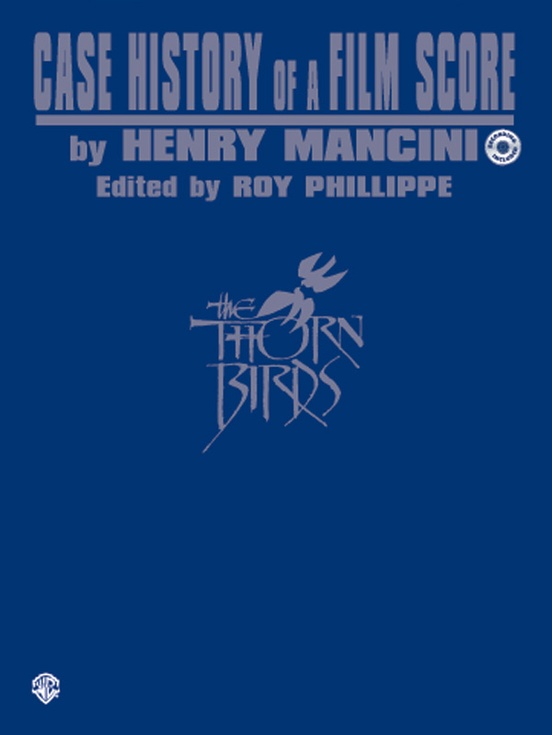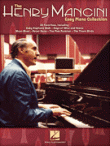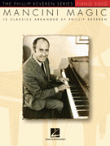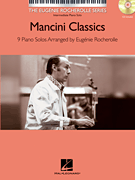LUJON [DOWNLOAD]
Arranged by Henry Mancini, Prepared for Publication by Rob DuBoff, Dylan Canterbury, and Jeffrey Sultanof

Cat #: JLP-7984-DL
$75.00This product is available for immediate download after purchase.
Questions?
Please call +1-518-587-1102 or email us.
Edition: Jazz Studio Orchestra Arrangement
Description: Latin - Medium Difficult
Publisher: Jazz Lines Publications
This classic was originally featured on Henry Mancini's 1961 album Mr. Lucky Goes Latin even though it had nothing to do with the Mr. Lucky TV show. The recording became further embedded in American pop culture when it was used during a scene in the movie The Big Lebowski. Additionally, Norman Gimbel wrote lyrics for the melody which enabled it to be recorded by many singers including Johnny Hartman and Sarah Vaughan.
The arrangement is crafted around the curious percussion instrument called a lujon. A lujon is a partitioned wooden box with pitched metal plates affixed to the top. Inside the box are individual resonance chambers that produce the unique sound. The sound is somewhat like the low-end of a marimba; hence, should you not have a lujon at your disposal a marimba would work fine (or a synth). The lujon part was played by Shelly Manne on the 1960 recording. The lujon was invented by William Loughborough and named it after pianist John Lewis who bought the first model (i.e., "Lew John"). Shelly Manne, who had previously acquired percussion instruments from Loughborough, had a lujon and demonstrated the sound for Mancini who promptly based the composition around its scale and sound.
The arrangement was written for two guitarists including Laurindo Almeida (on terzgitarre and electric), who plays the four bar melodic solo, and Bob Bain on electric guitar. These guitar parts can certainly be played by just one guitarist (the second guitar solo is cued in the first guitar part). Additionally, the trombone one part doubles on baritone horn (B.C.) - this part can also be played on trombone if that double is not available. There are four percussion parts: lujon, jawbone (quijada), conga drums, and scratcher (guiro). Lastly, since the horns in F only play for four bars, optional flugelhorn parts are included to make this playable by a standard trumpet section.
This publication was based on Henry Mancini's original 1960 pencil score and the set of parts used during the recording session - this is not a transcription.
Alto Saxophone
4 Horns in F (or 4 Flugelhorns)
4 Trombones (Trombone 1 Optional Double on Baritone B.C. Horn)
4 Violins
Viola (2 Parts on a Single Staff)
Cello (2 Parts)
2 Guitars (Guitar 2 Optional)
Piano
Double Bass
Percussion 1: Lujon (Optional Marimba or Synthesizer)
Percussion 2: Jawbone (Quijada)
Percussion 3: Conga Drums
Percussion 4: Scratcher (Guiro)










